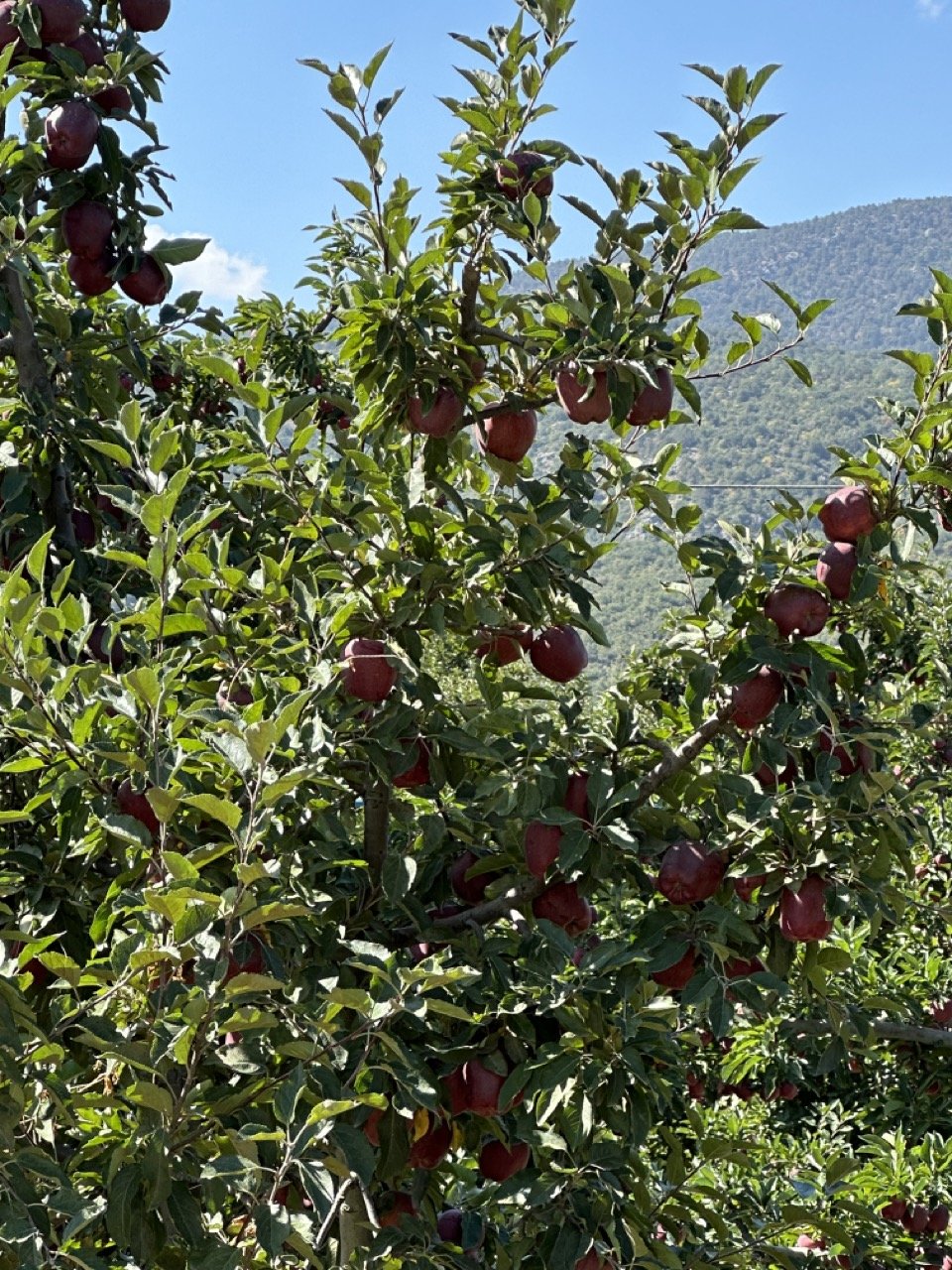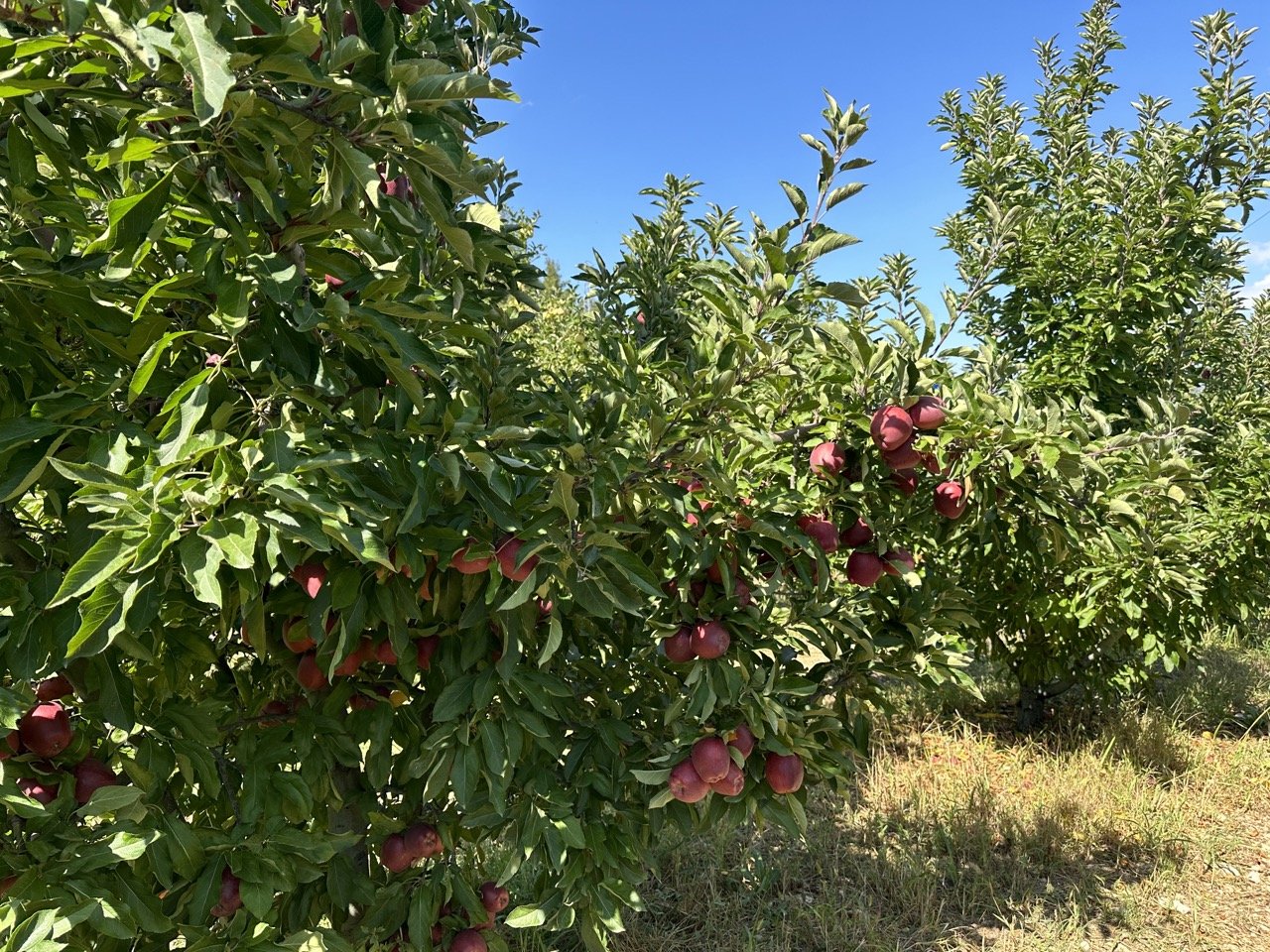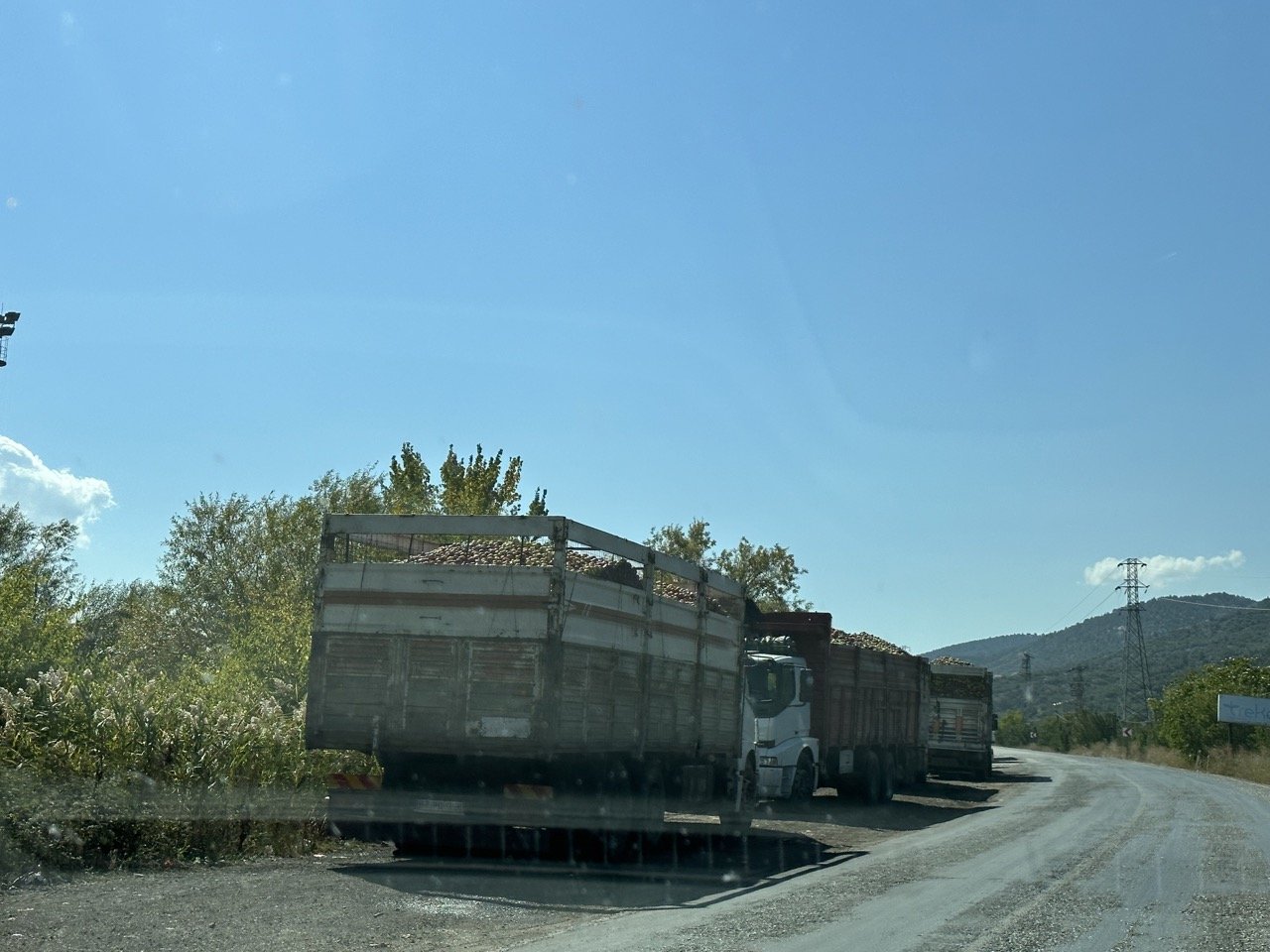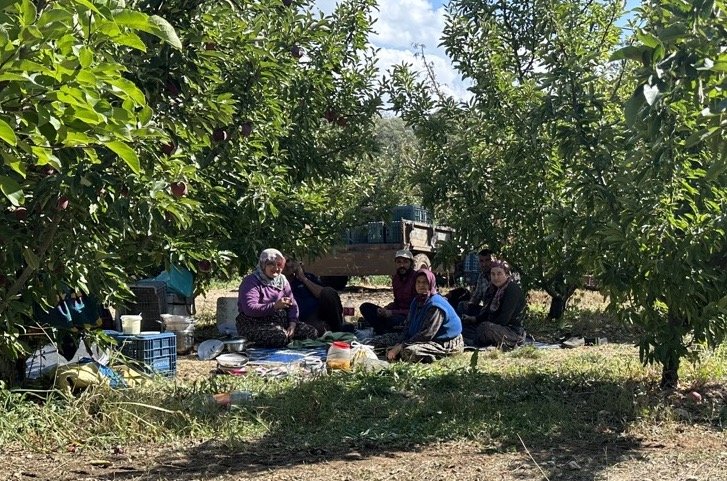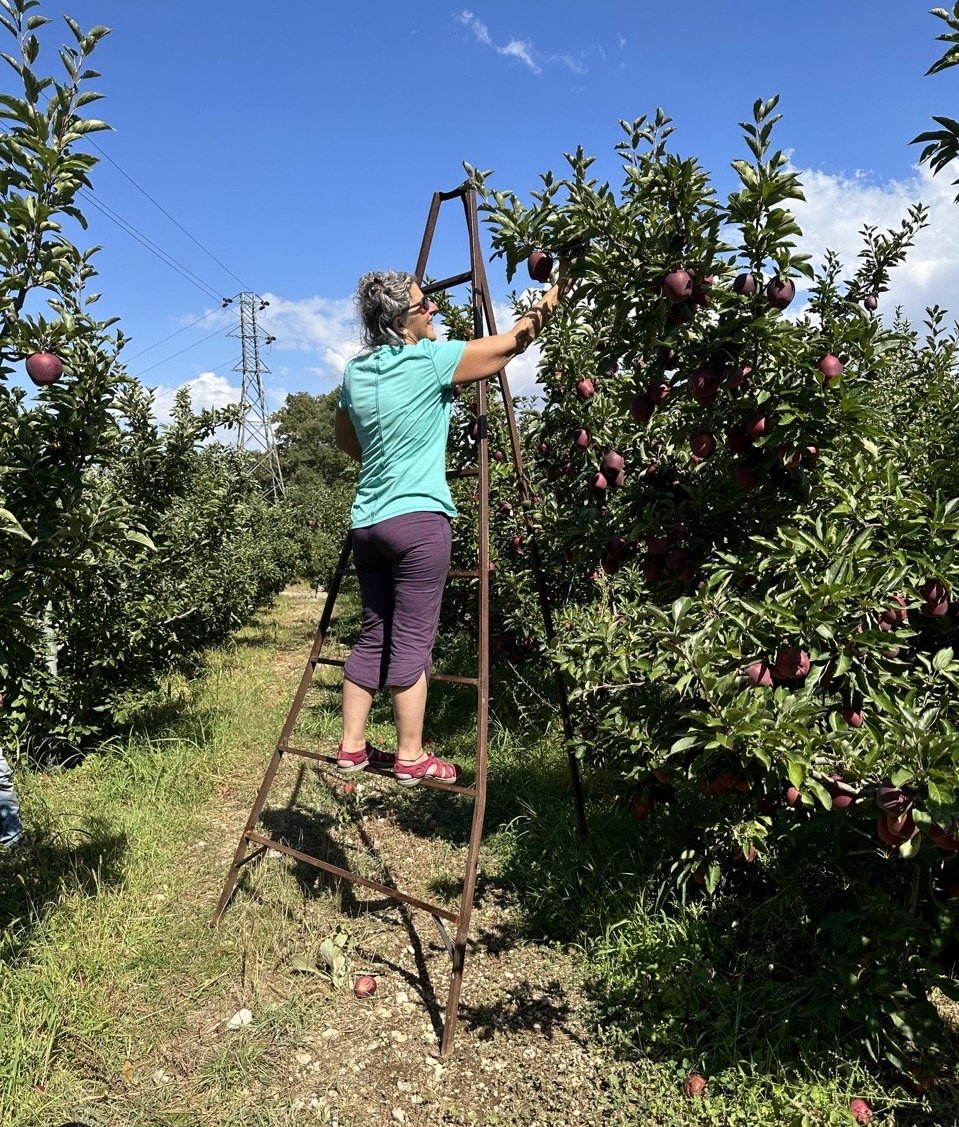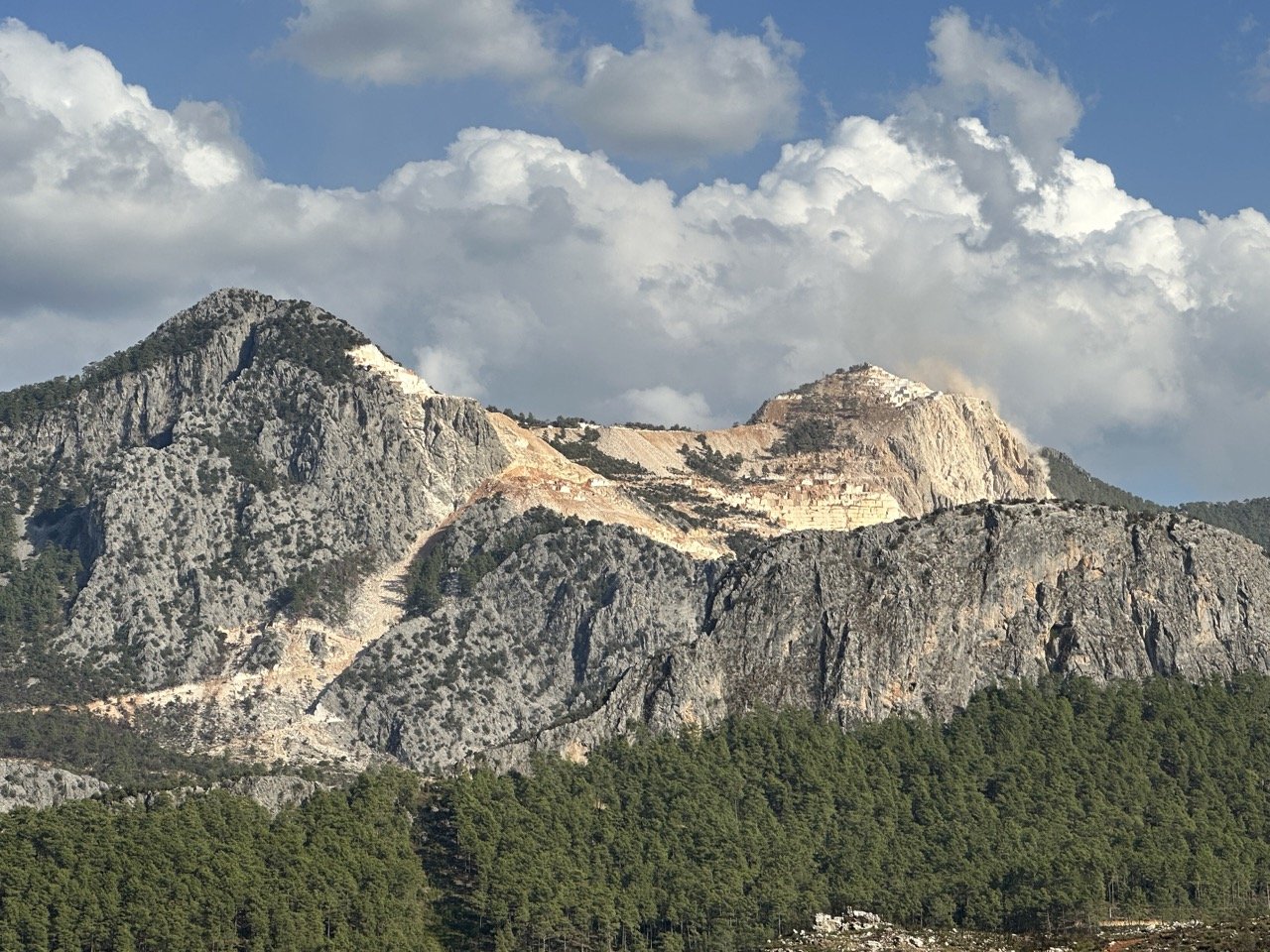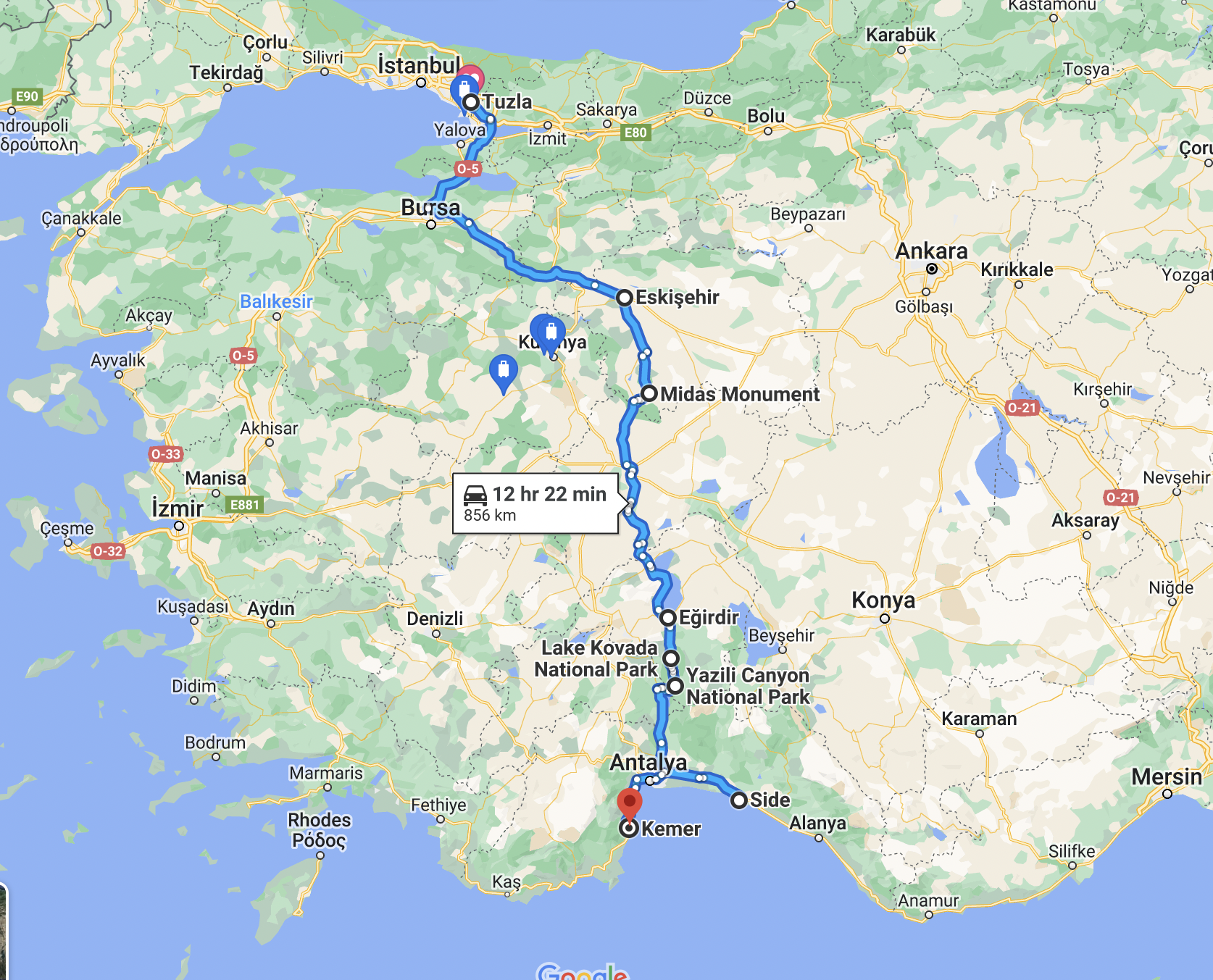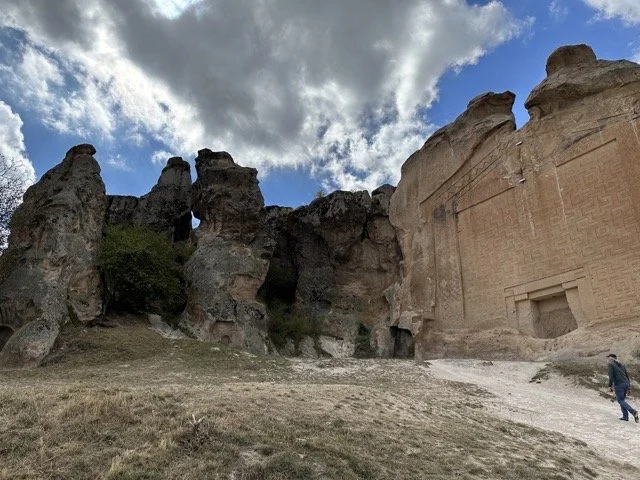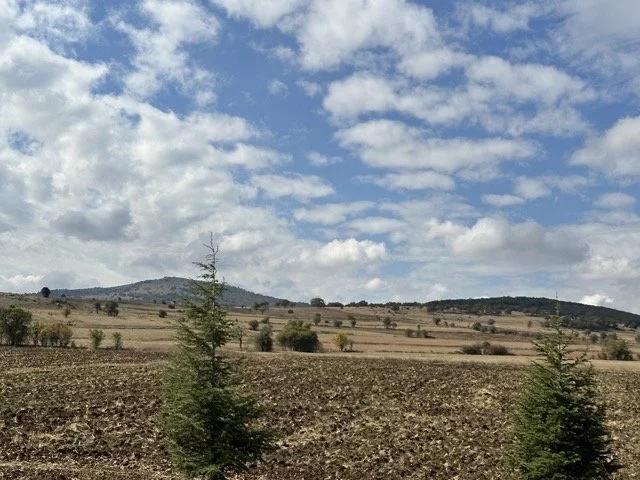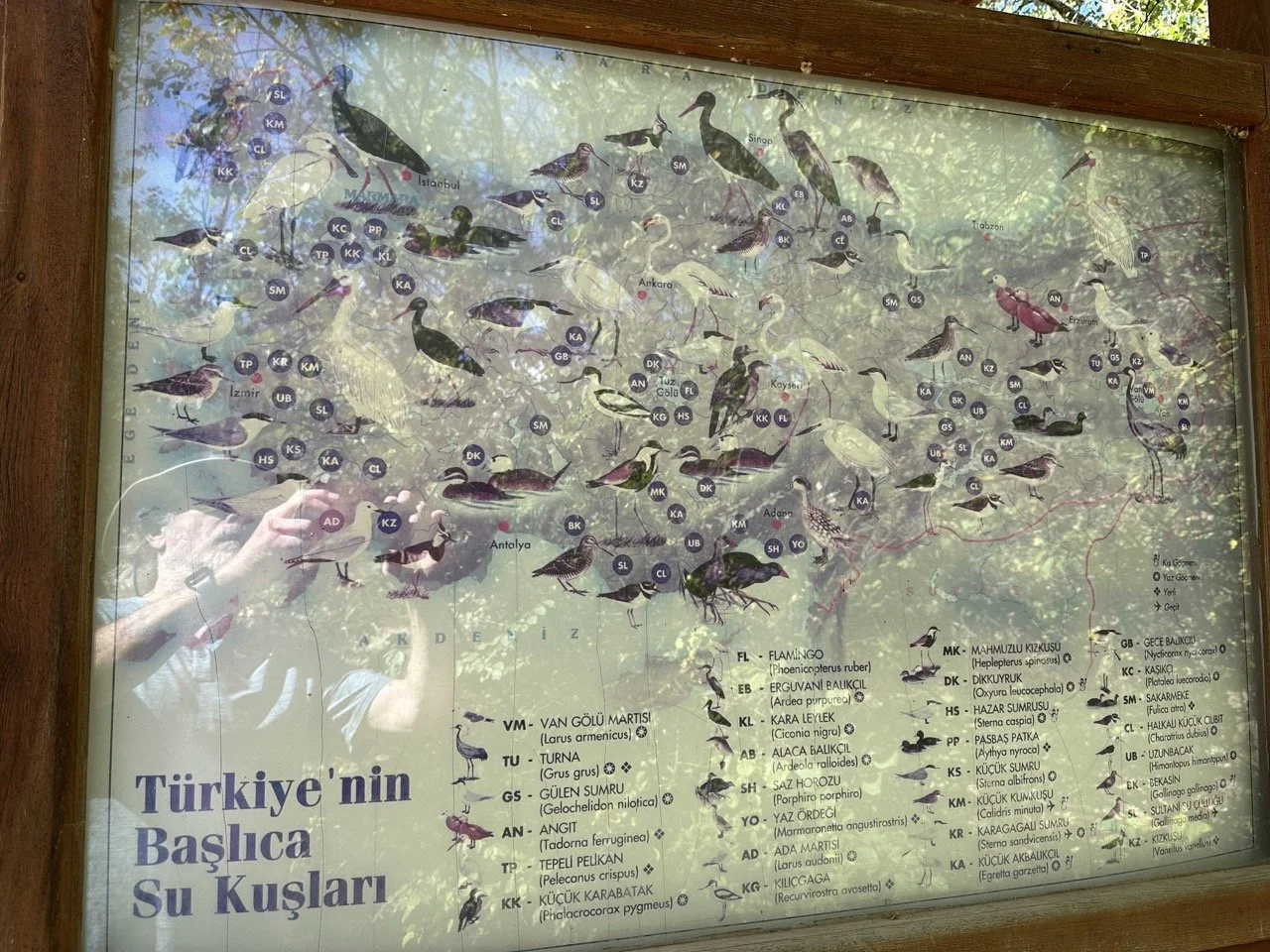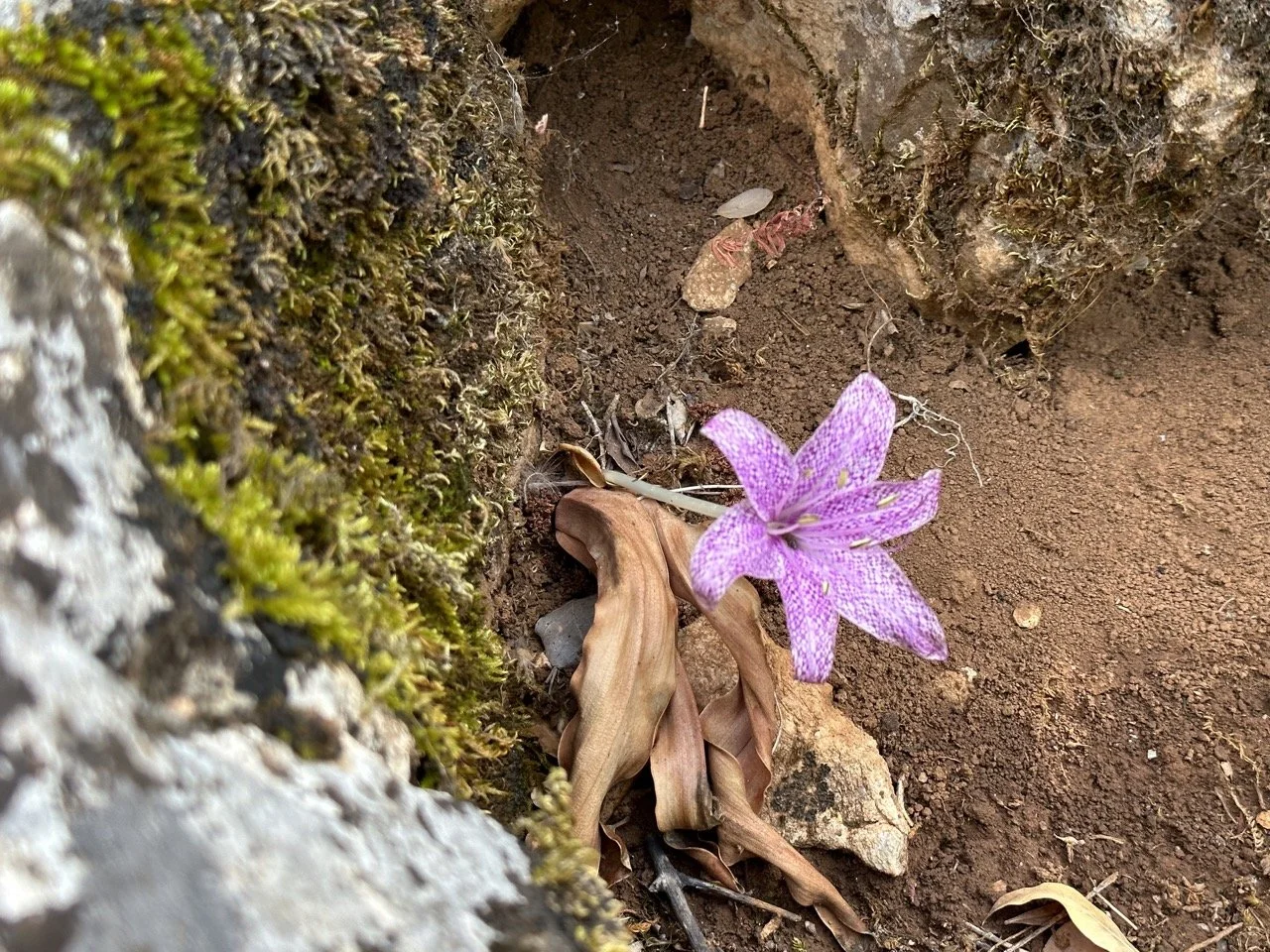From Pines to Palms
We rented a car in Istanbul last week after checking out of our amazing flat in Tuzla. Driving in the city is CRAZY. City drivers seem unaware there are lanes on the road and definitely do not know about blinkers. They certainly have found the horn though - often laying on it for several minutes at a stretch! Once out of the city the road signs are reasonably easy to interpret and driving is pretty simple. The loose plan was to transit through the mountains to the sea and then back up the coast to Istanbul.
Crappy hotel room - but a view of the fountain
We set out for the town of Eskişehir (pronounced es-KEE-sheh-keer), which translates to "the old city" in Turkish, about a 3 hour drive. I thought it would be fun to visit there because it is known for its hamams (Turkish bath). There are some baths in the city center, dating back to the Ottoman period. We stayed in what was advertised as a Thermal Bath Hotel, each room having it’s own hot tub. Unfortunately, what we found was an old, rundown house converted into hotel rooms. It was dirty, the jetted tub was rusty, the plumbing was broken and our bathroom flooded overnight! Oh well, you can’t win them all. At least the sheets were clean and it only cost us $26!
We walked along the Porsuk River and found an active university district. Little did we know that Eskişehir is home to two of the biggest universities in the country.
Midas Monument
The next morning, all too ready to depart Eskişehir, we headed to the Midas Monument. The so-called Midas Monument acquired its name as a result of the presence of a word in an inscription located on the upper left-hand side of the facade. Maybe you’ve heard of King Midas because of the expression the Midas touch, which is the myth about the king who was given the power to turn anything he touched into gold. Turns out what was originally thought to have been the tomb of the legendary King Midas was actually a sanctuary to a Phrygian goddess regarded to be the Mother of the Gods. Somehow not surprising it was named after a king and not a goddess.
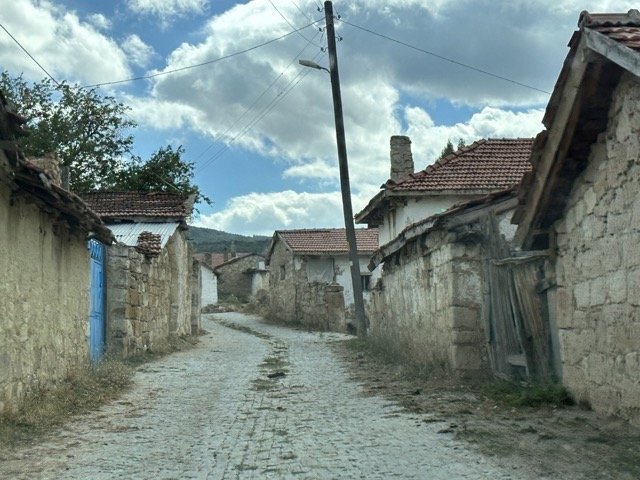
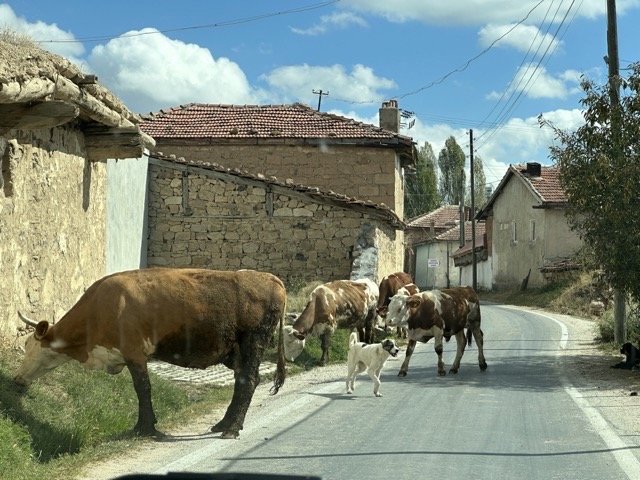

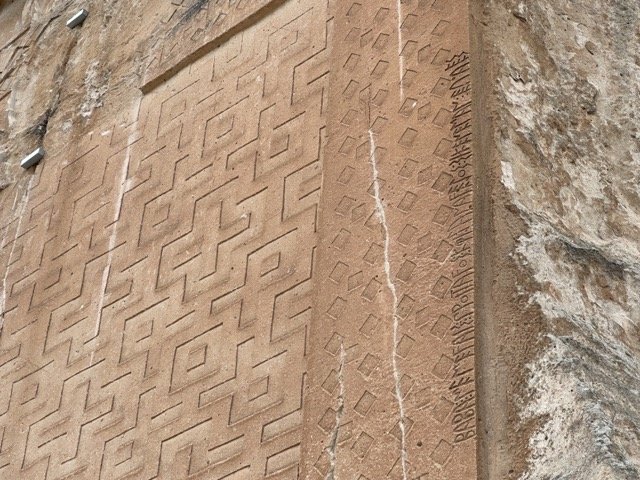

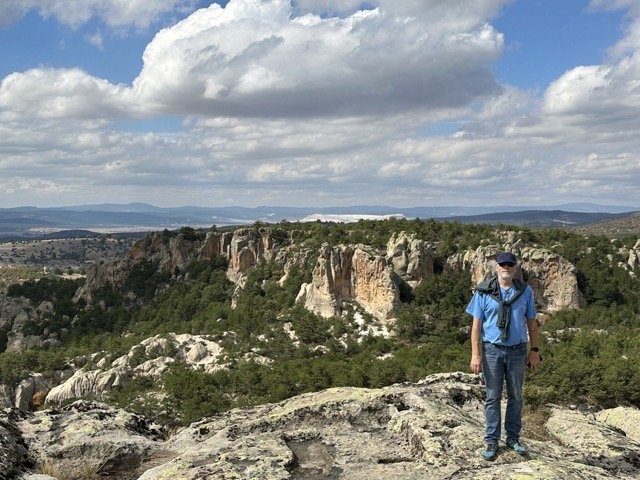
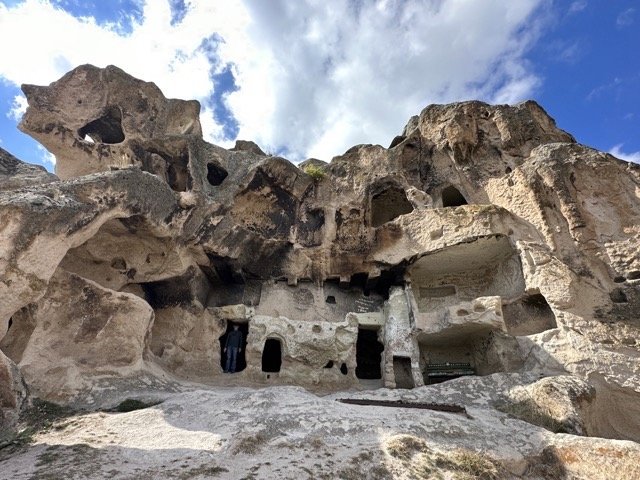
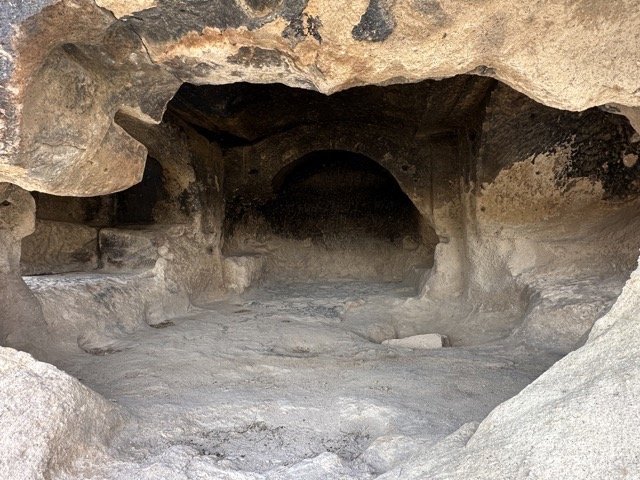

In any case, it is a beautifully carved vertical rock, dating back to the 7th or the 6th century BC. We hiked up a trail past rock tombs and found huge, rock-hewn, water cisterns with steep stairs leading down deep into a vault. Tom ventured down into the heart of one cistern until the weather eroded stairs prohibited him going any deeper down the vertical and zigzag stairways.

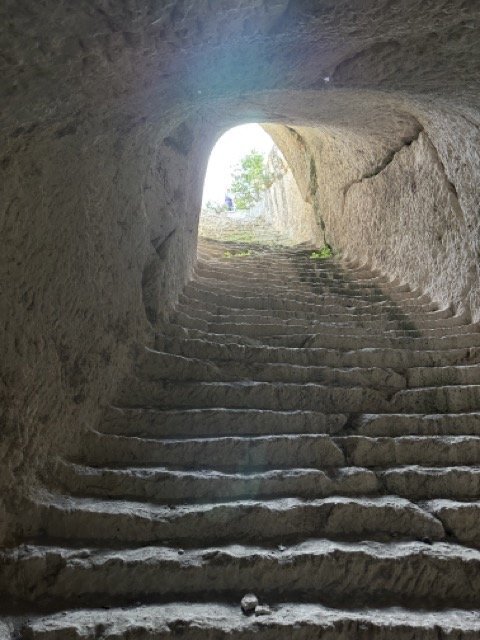
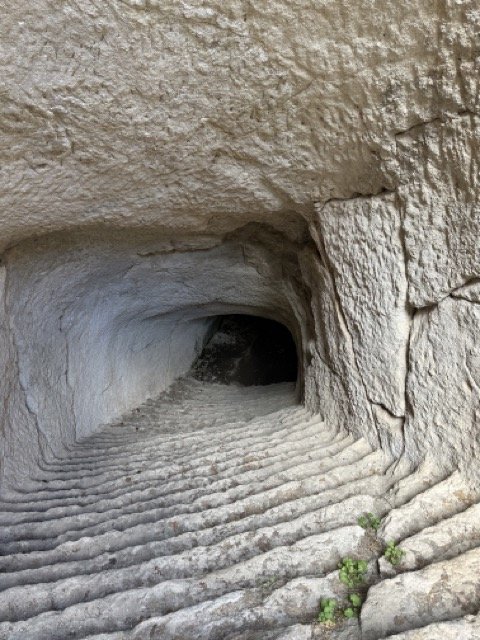
The steep mountains gave way to rolling hills and then vast orchards and crops.
After our hike we continued on to Eğirdir (pronounced eh-EE-deer). The drive brought us through steep mountains which gave way to rolling grasslands and vast orchards of walnuts, plums, apples and grapes. Fields of corn, beans, squash and peppers colored the landscape. The town of Eğirdir lies near the southern end of Eğirdir Lake. This is the second largest freshwater lake in Turkey and is 917 meters above sea level (~3000 feet).
The lake is fed by five different rivers and many underground springs. It is home to over 120 different native species of birds such as Crested Diver, Egg Bastard, Clumsy Meke, Whisker Tern, and Clumsy Goose, to name a few. I got quite a kick out of some of the bird names I saw on the trail map.
We stayed in a lovely pension overlooking the lake and feasted on lake bass that night. Included in our stay was breakfast on a rooftop terrace the next morning accompanied by birdsong overlooking the glistening lake. The entire place; the town, the lake, the people, was absolutely beautiful!
We learned that Lake Eğirdir is a significant fishing area and is a large source of income for many in the region. It is also used as the main drinking water for the Isparta region and surrounding settlements. Unfortunately, drought along with the heavy agricultural use and the construction of hydroelectric dams is having a severe impact on the lake. Just a couple of years ago it covered an area of 520 square kilometers (over 200 square miles), but it now covers 445 square kilometers (~172 square miles). Tremendous effort is being put into the preservation of this stunning lake region.
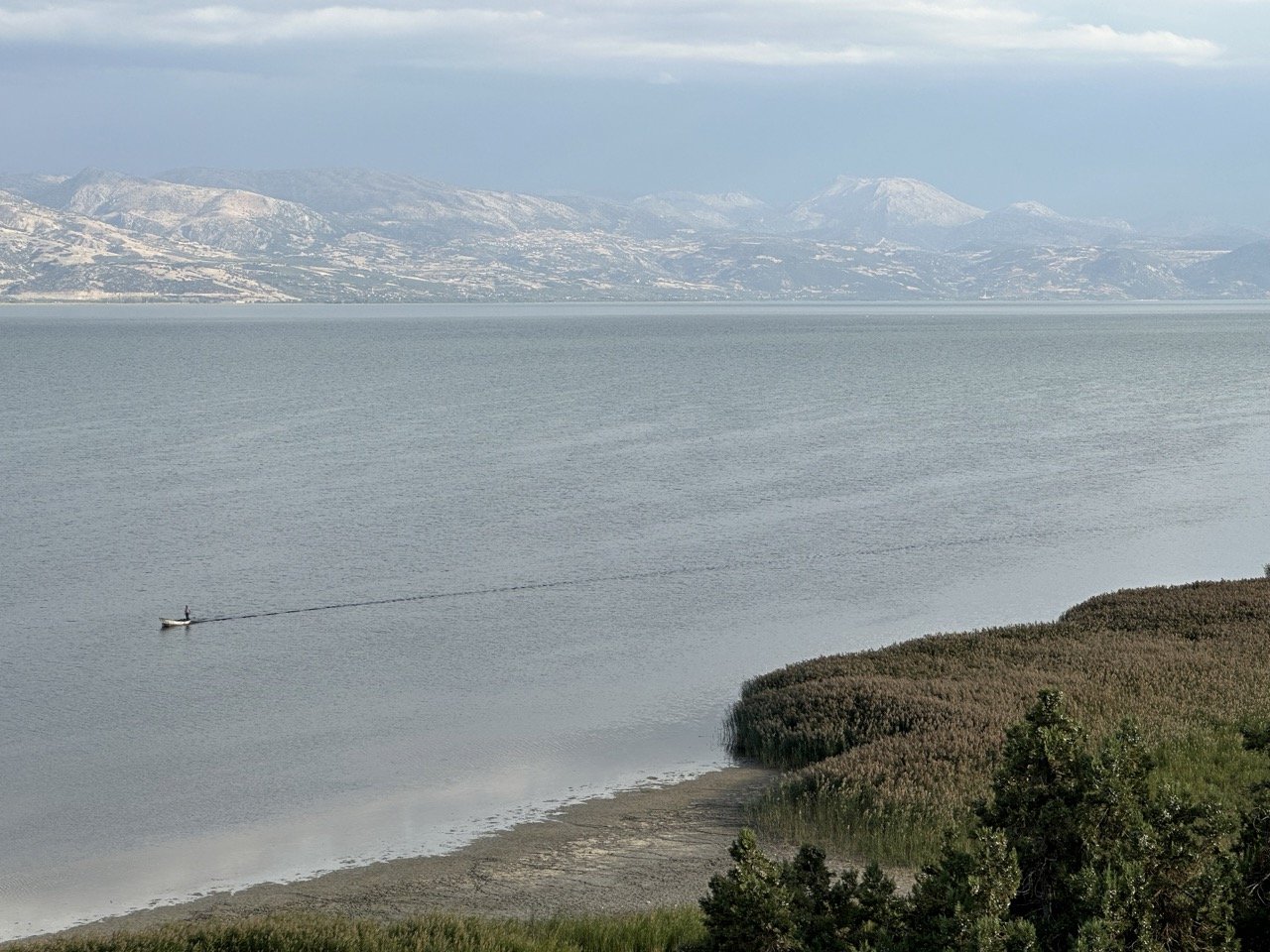
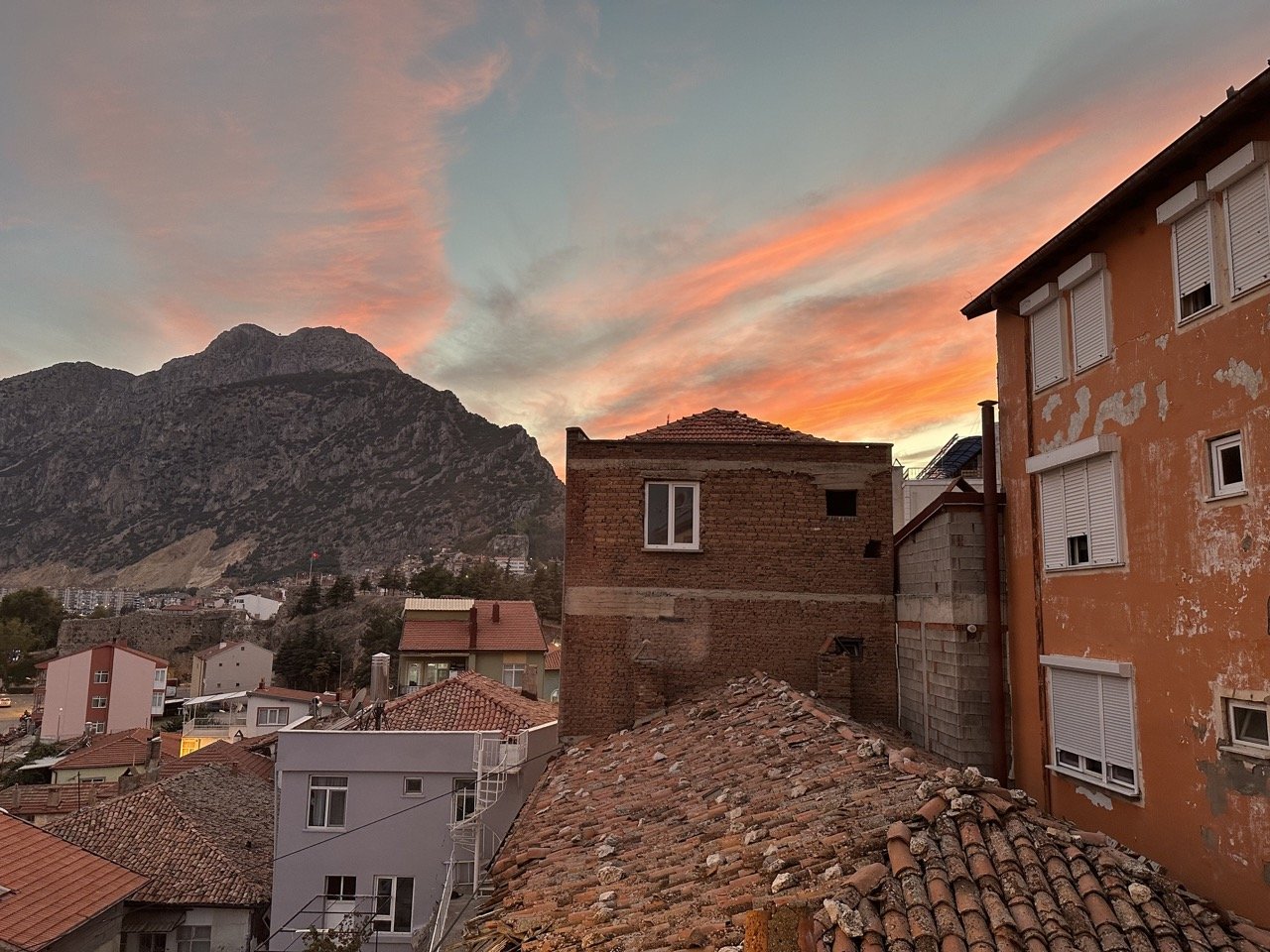
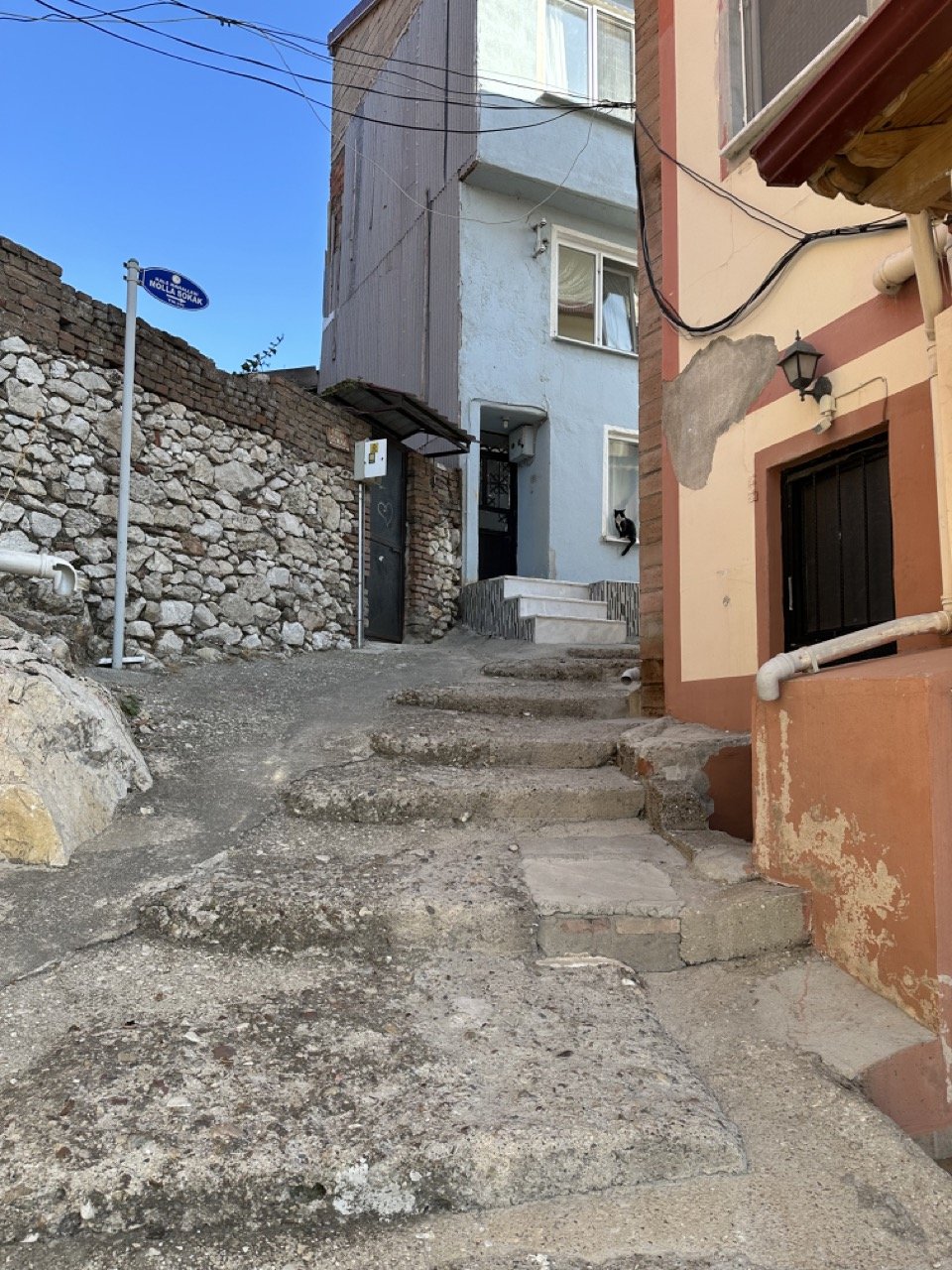
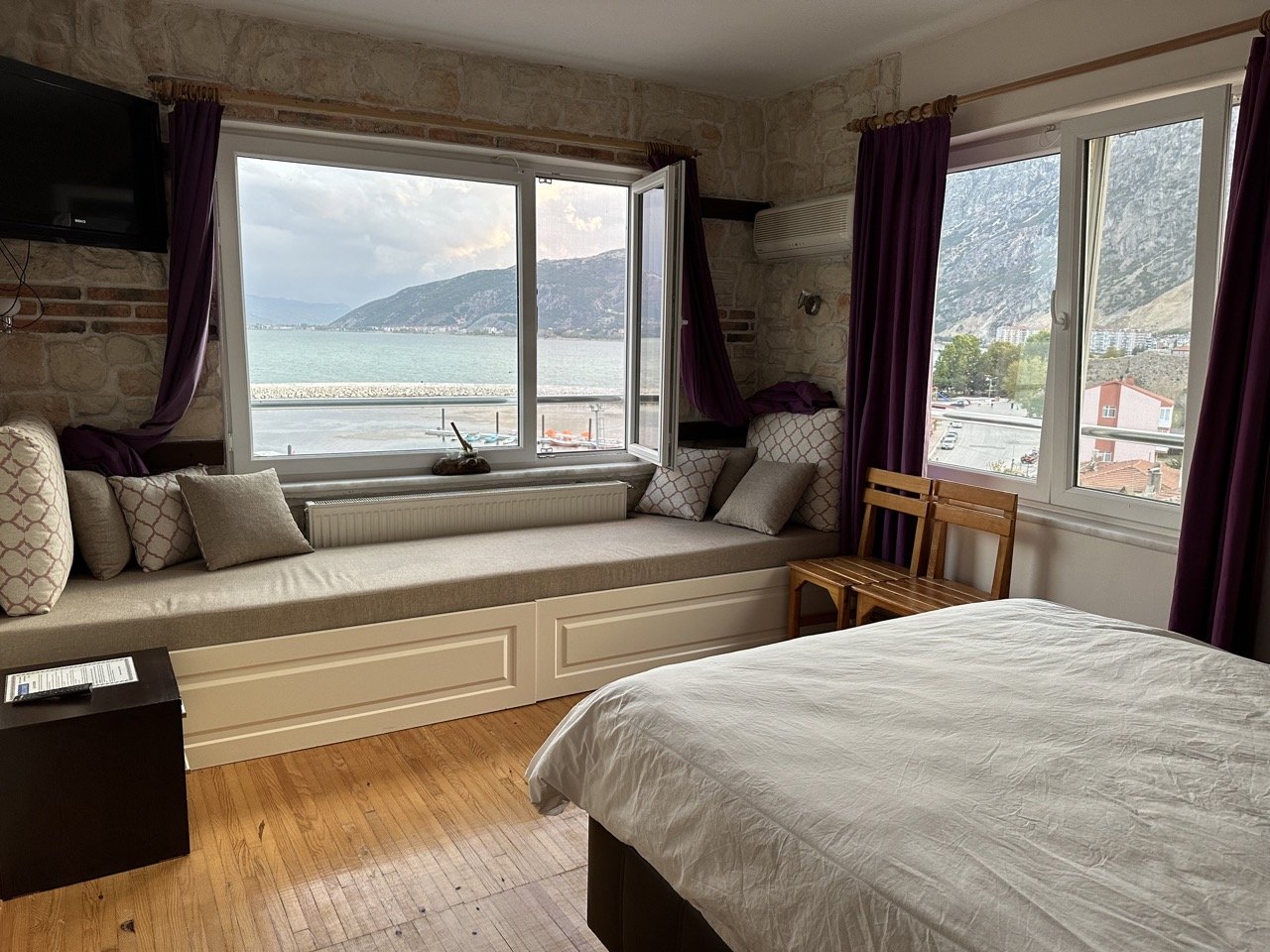
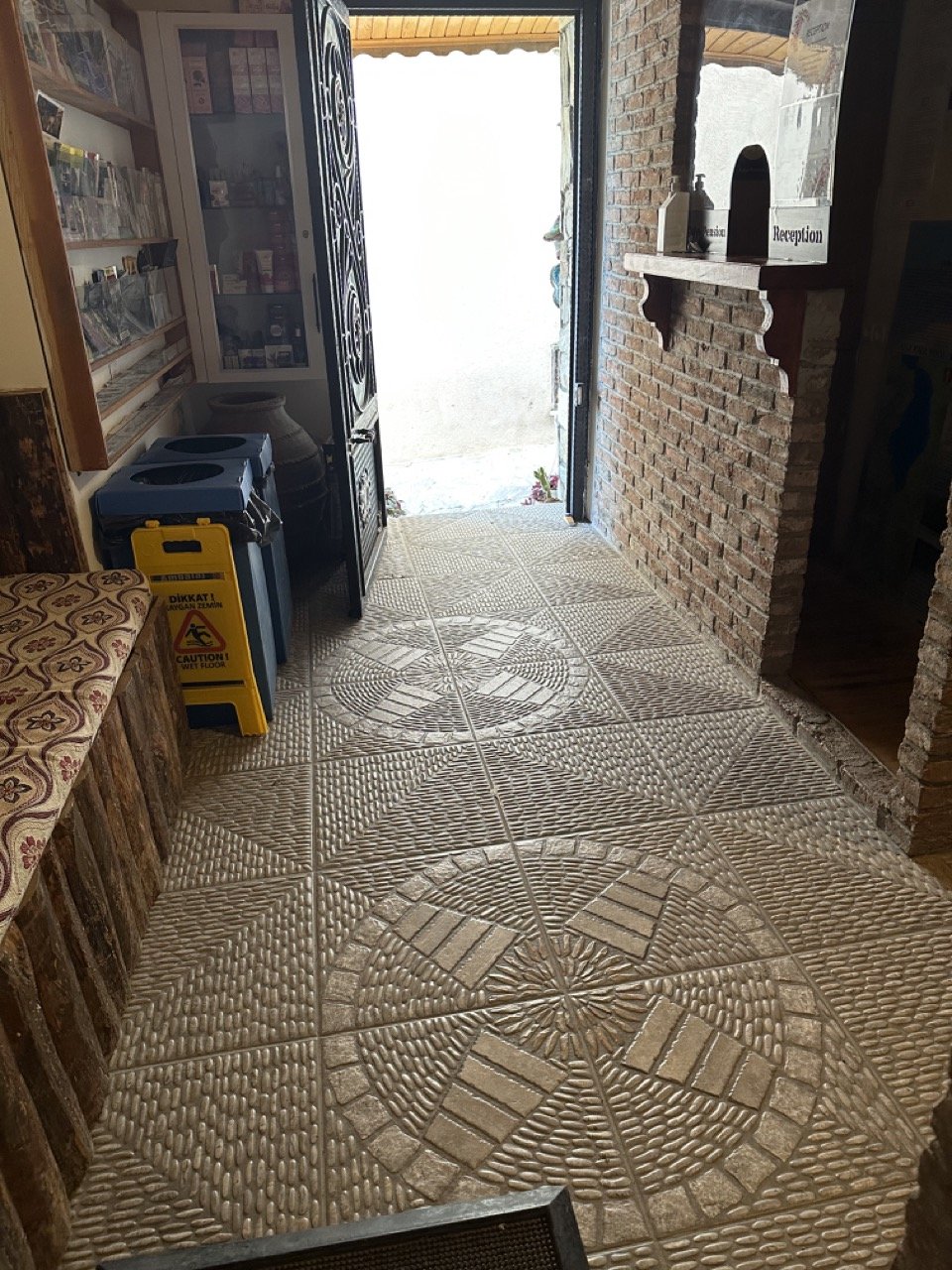



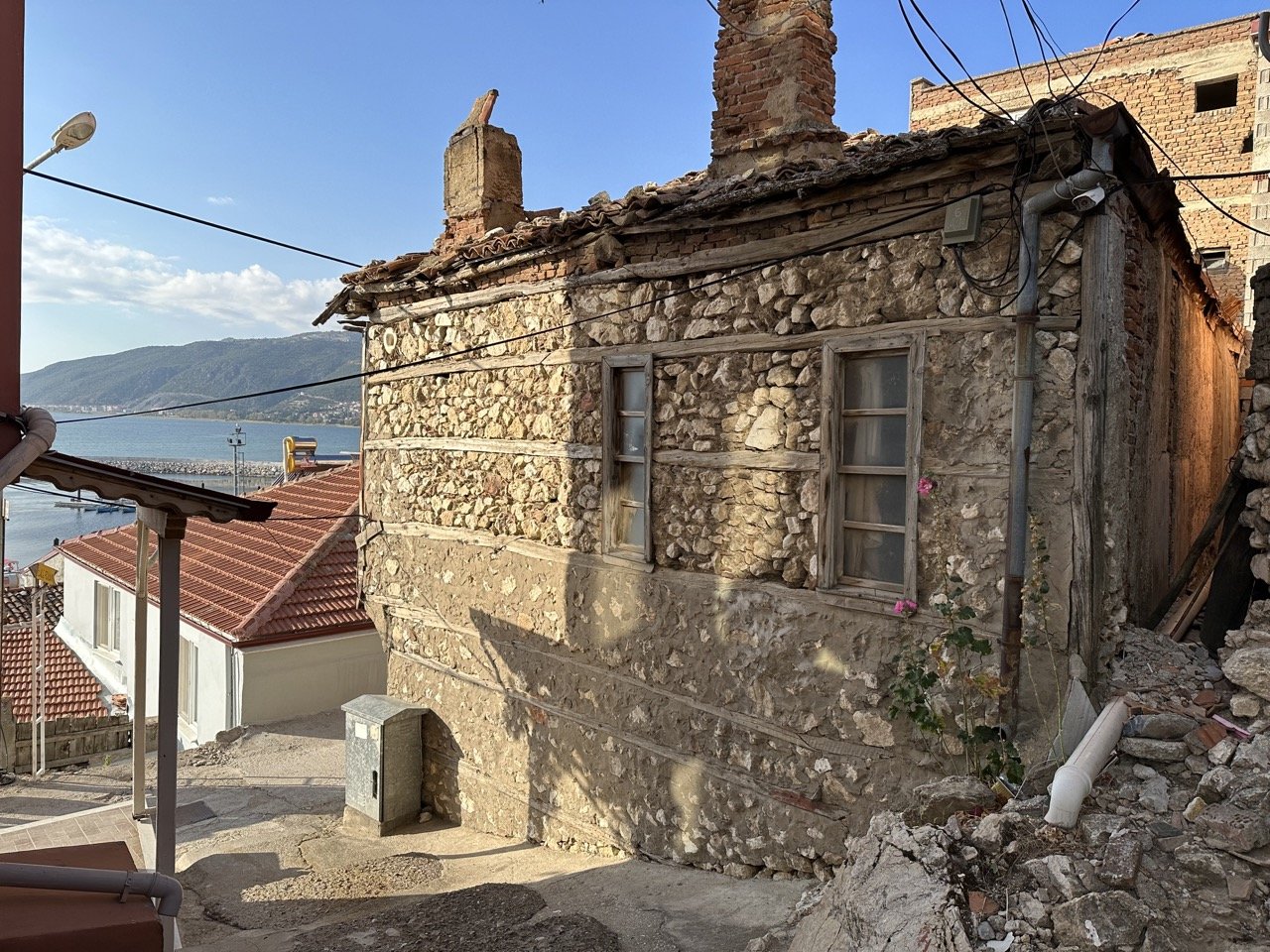
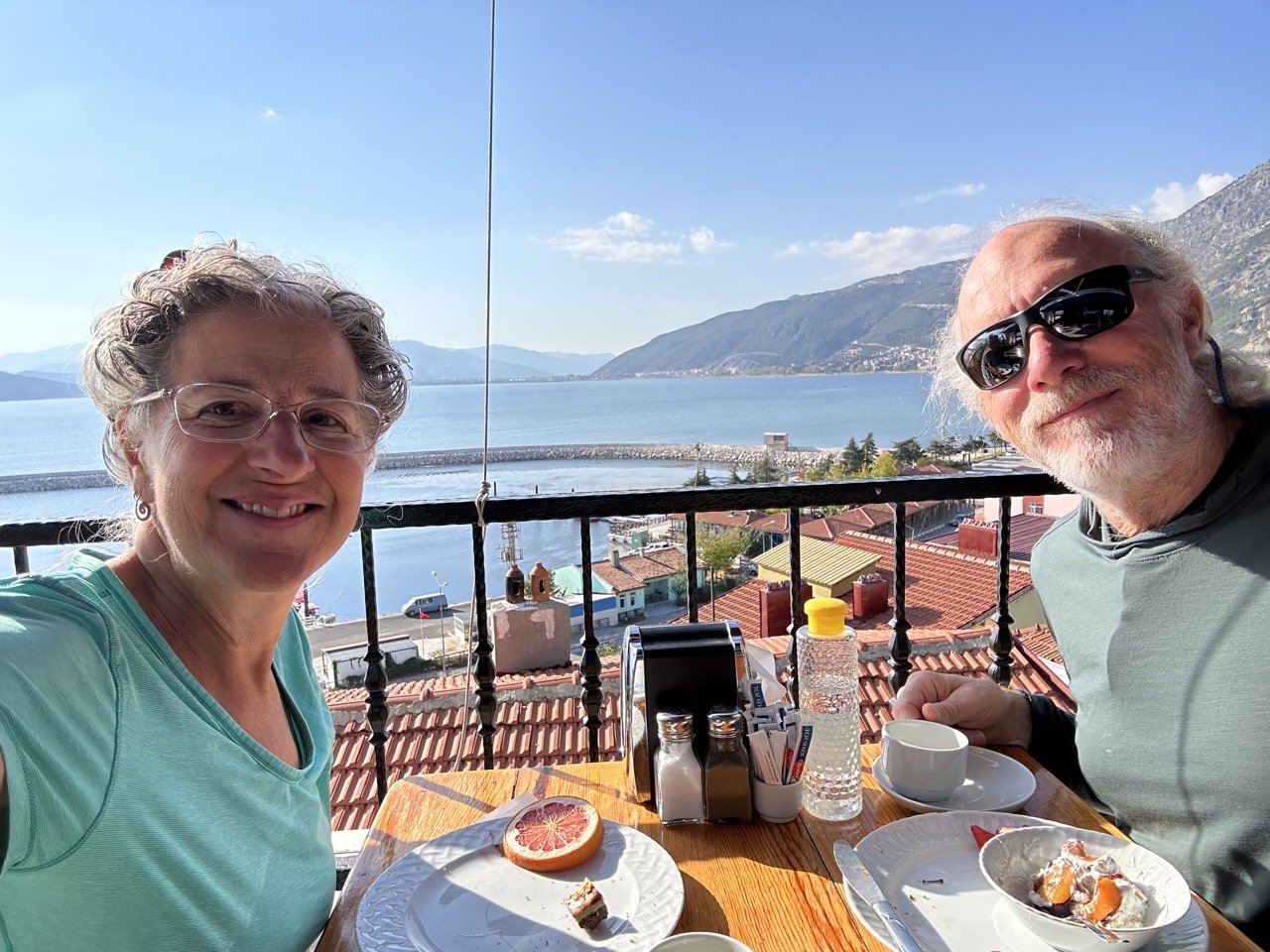
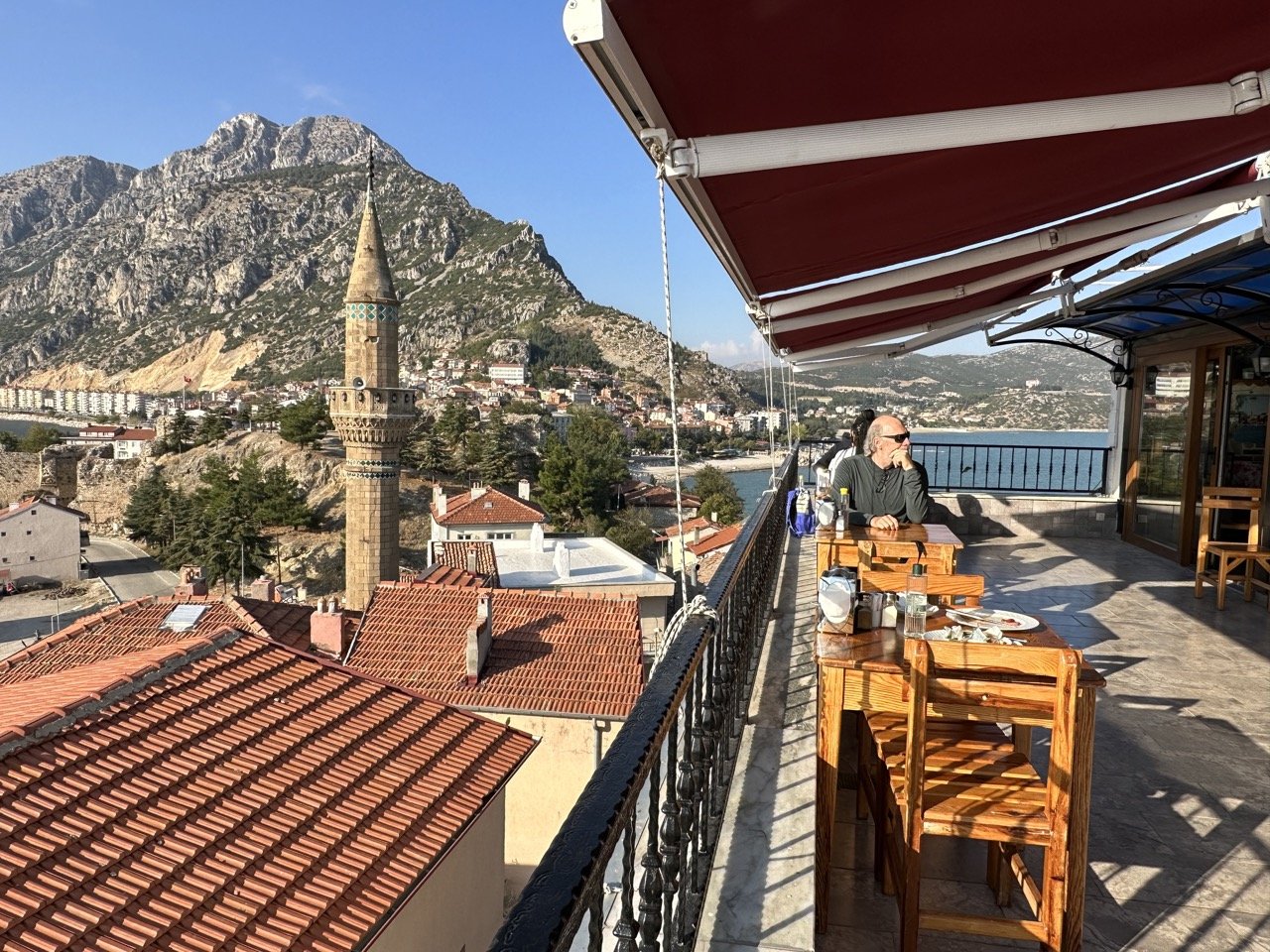
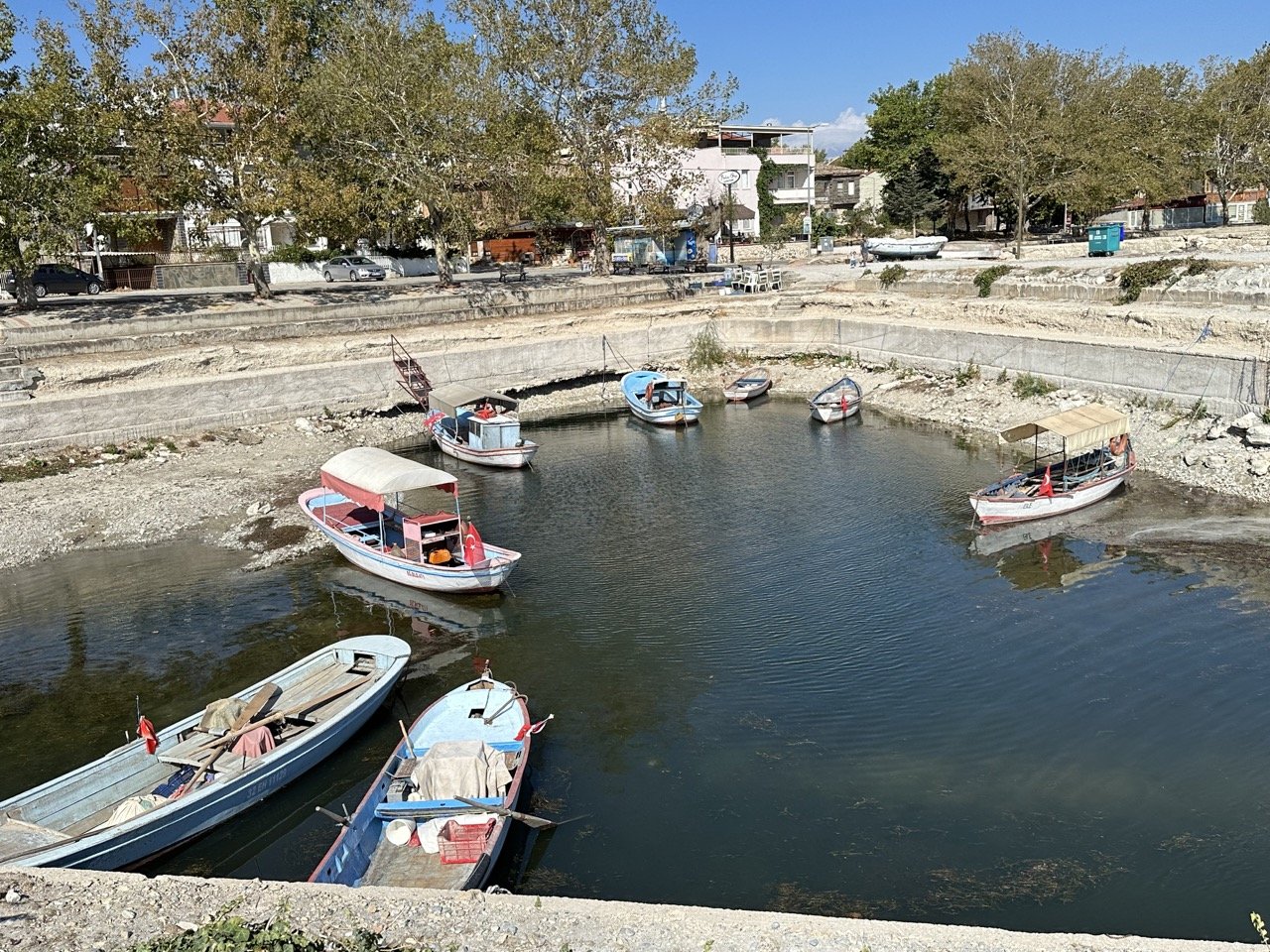
We left Eğirdir on a breezy, sunny day and drove south to Kovada National Park. South from Eğirdir a quiet road follows a wide, flat-bottomed valley planted with apple orchards. The sweet, light earthy smell of apples carried us down the valley. The cherries, plums and walnut orchards also were abundant and the fruit trees along with colorful poplars, and the reeds along the waterways drew us along.
The park with the surrounding area covers over 16,000 acres. We hiked a short loop trail with beautiful vistas of the lake and surrounding mountains. Millions of birds were nesting around the edges of the lake and we hiked in silence over the leaf strewn forest floor as we flushed many species from their homes. The forest is mixed with different types of oaks, maples, junipers and lots of different pines. Here we saw what looked like a wild crocus - but thinking that is a spring flower I dismissed the thought, only to discover later that it is the Termessos Autumn Crocus (Colchicum baytopiorum) which prefers to grow in limestone in pine areas, only blooms in October and is only found in Antalya Province.
Just south of Lake Kovada is Çandir Canyon. This is is a tranquil spot where a clear, swift flowing river emerges from a steep-sided canyon. Apparently this canyon is a section of the ancient King’s road (Kral Yolu) which dates from the fifth century BC, and once stretched from the Aegean coast all the way to Babylon. A short hike up the canyon reveals poems chiseled into the steep rock walls and stunning views of the waterfalls and mountains.
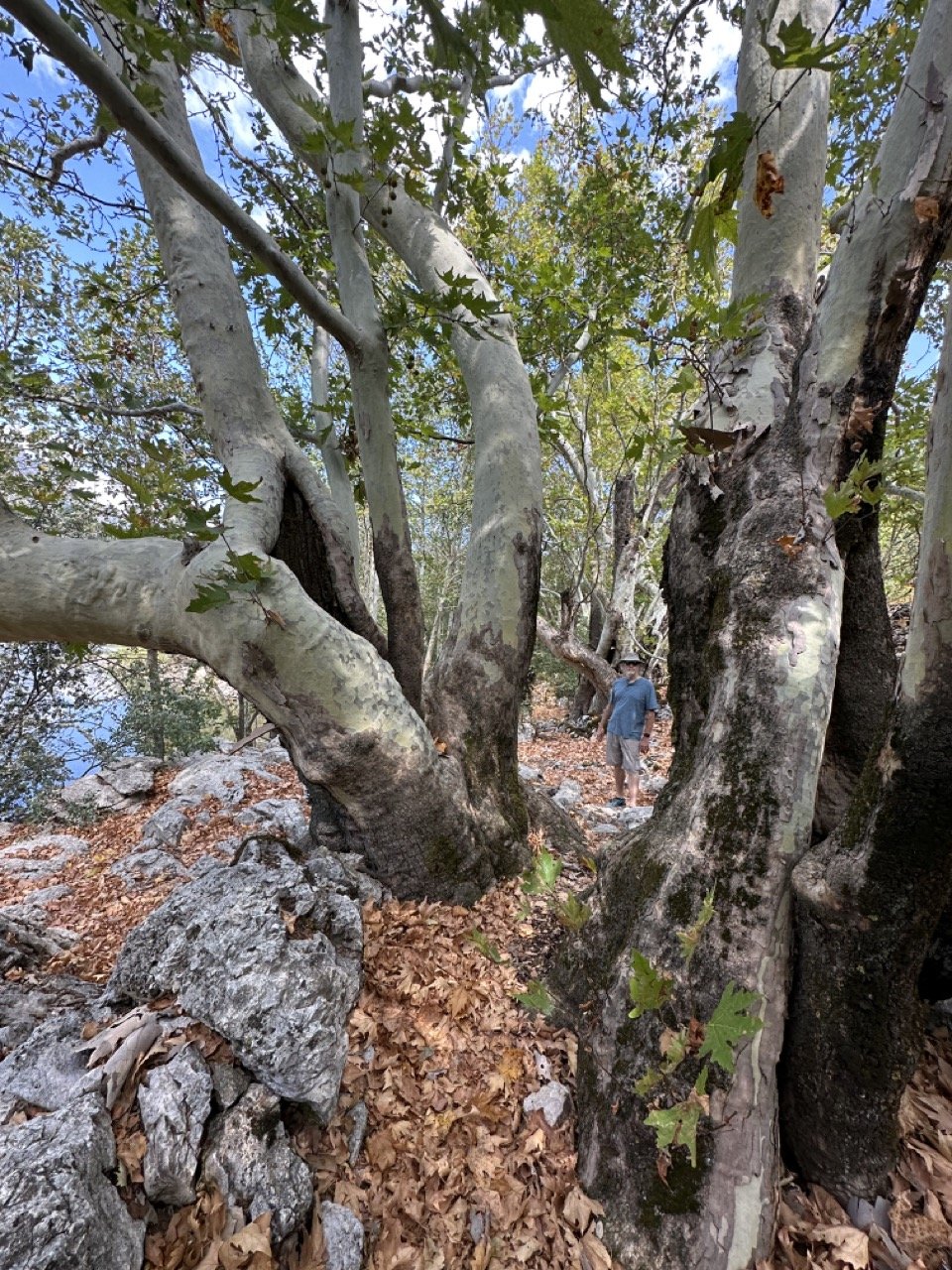

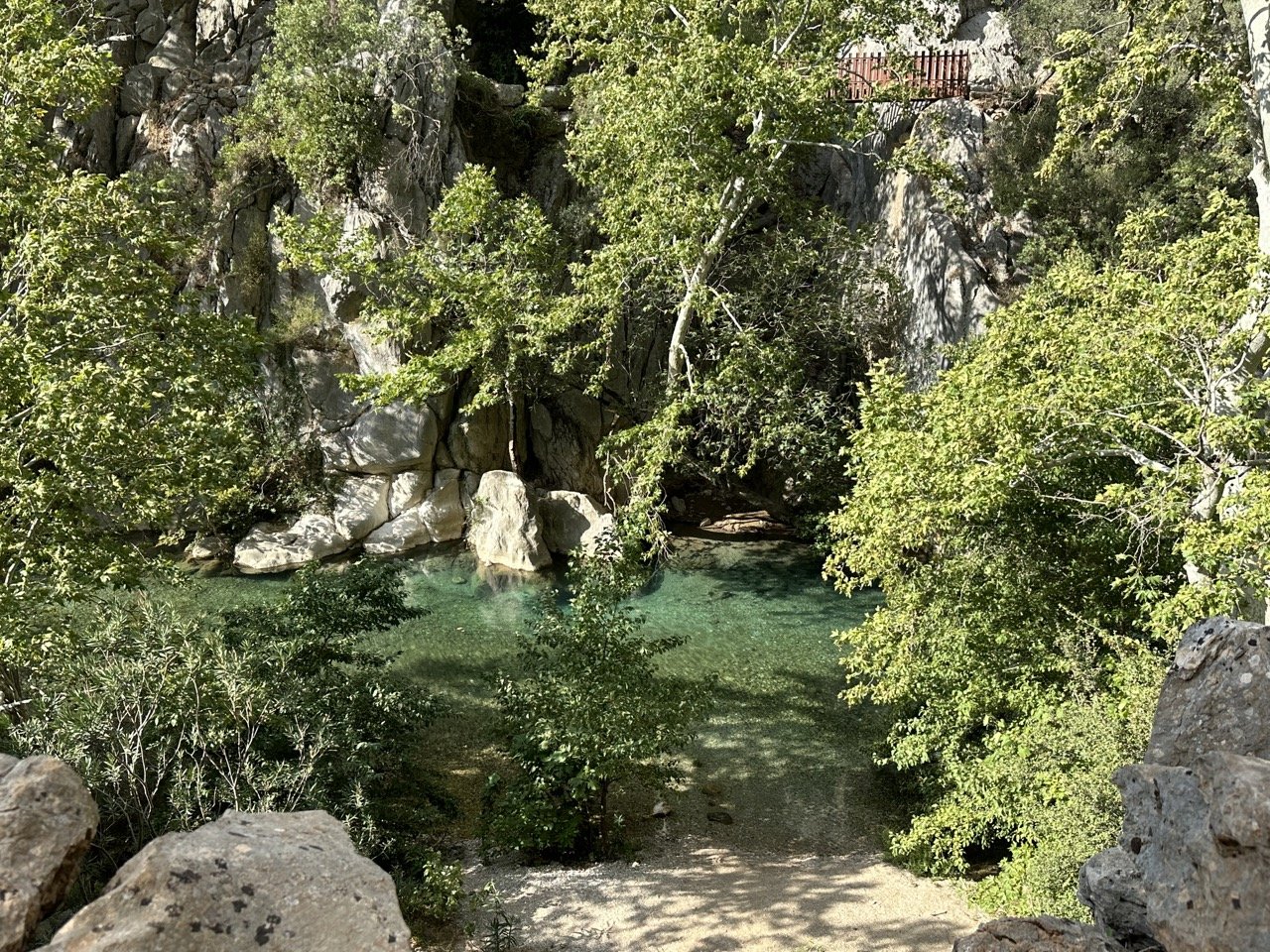

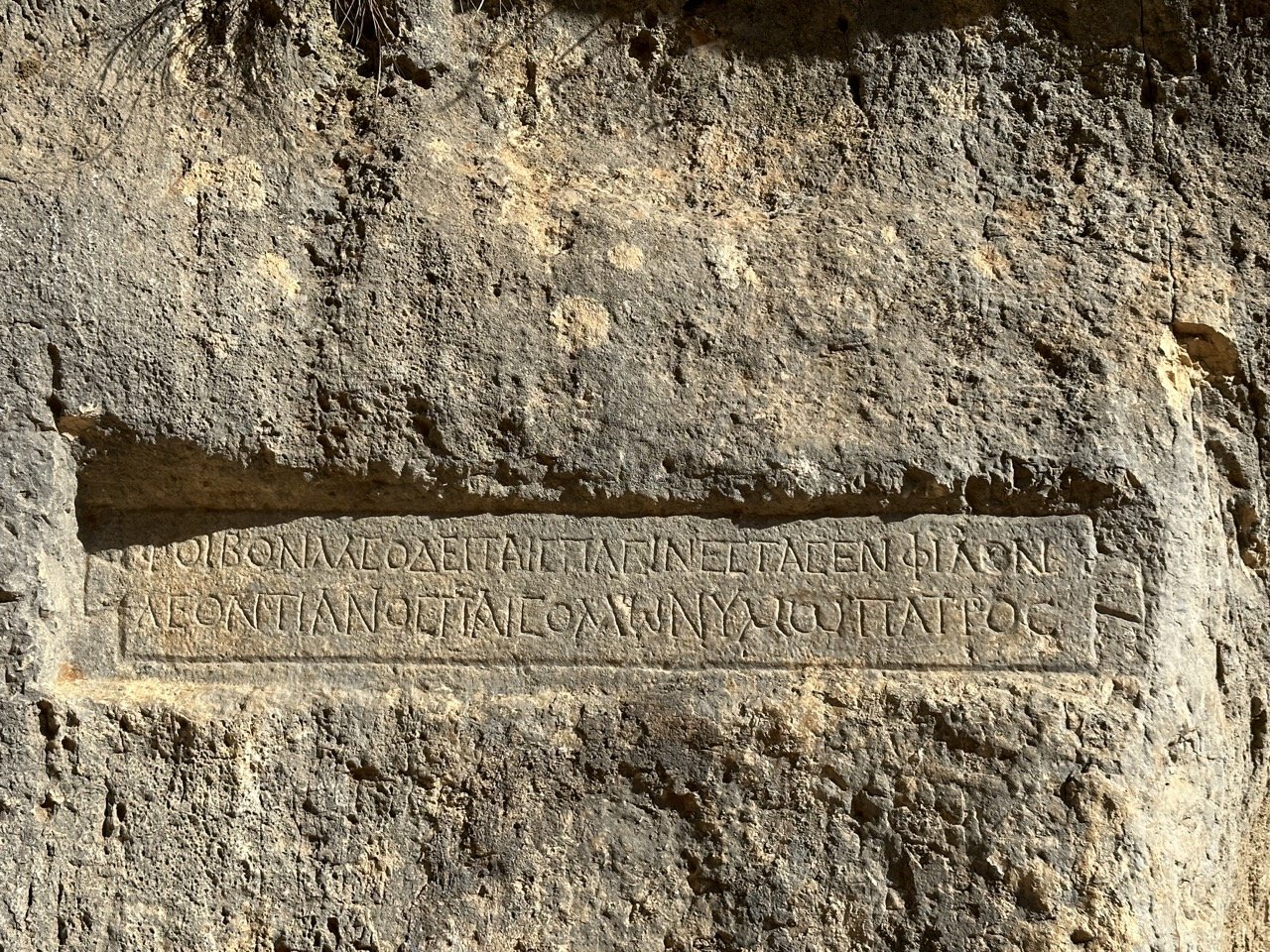

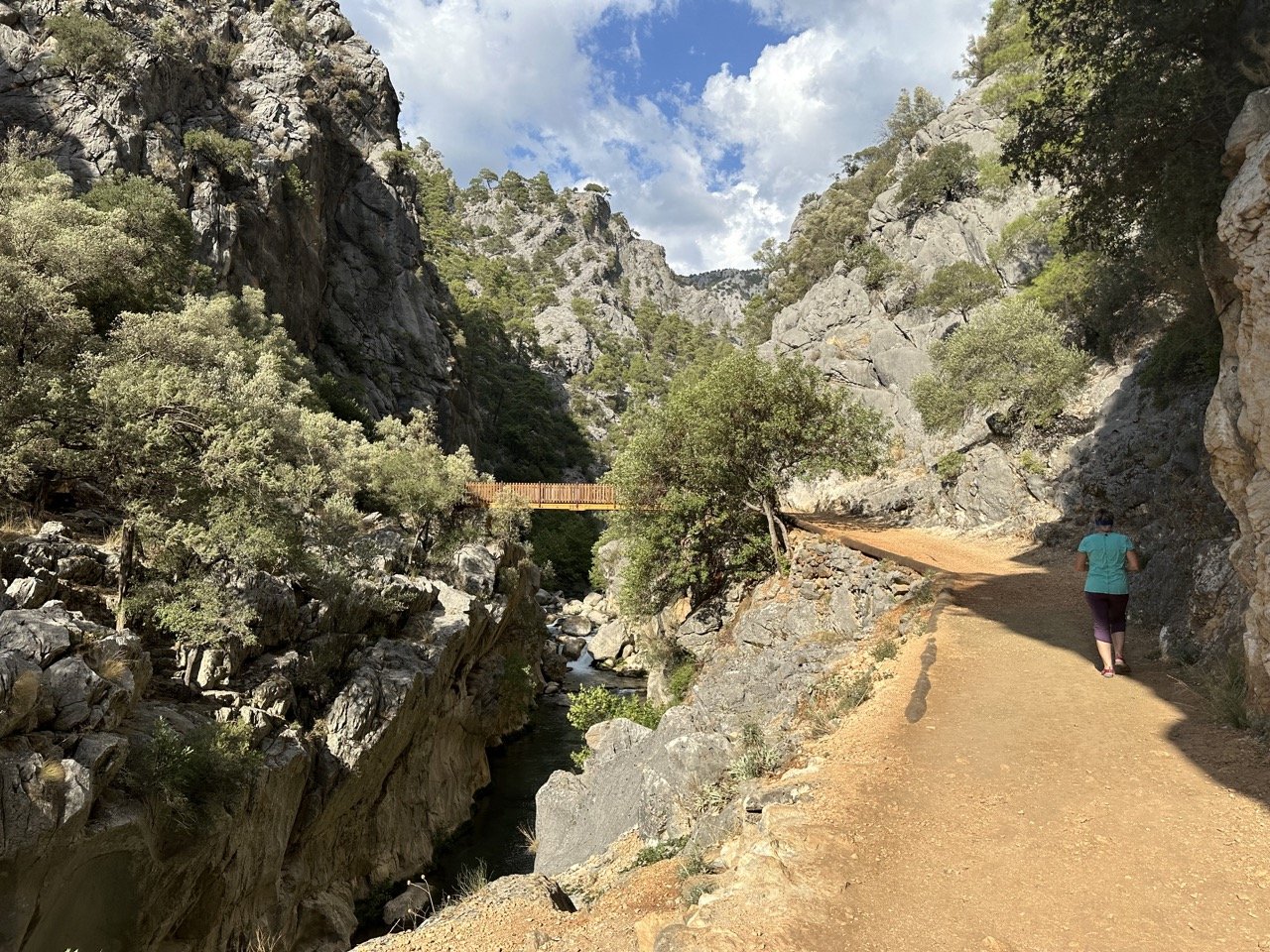

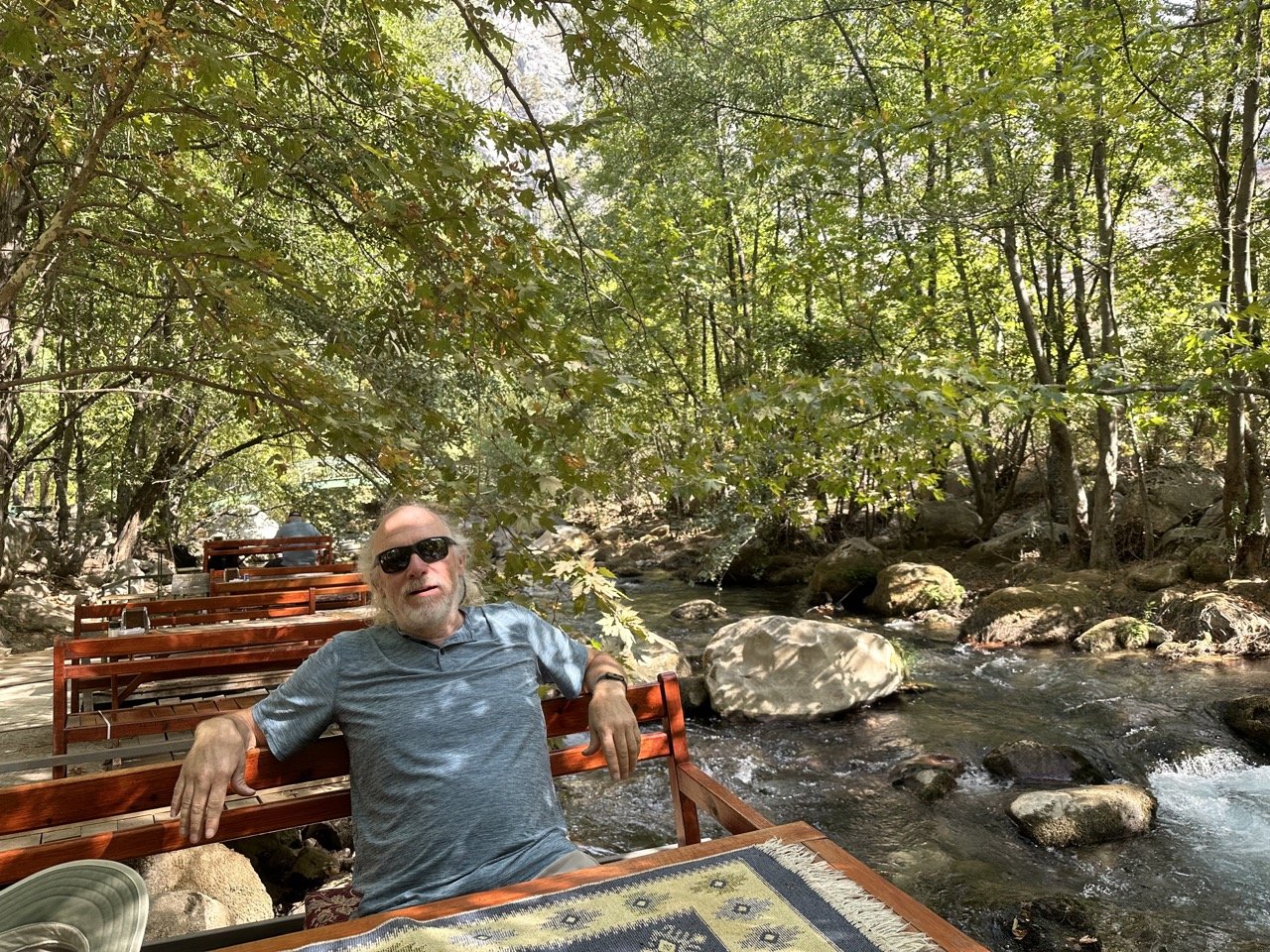

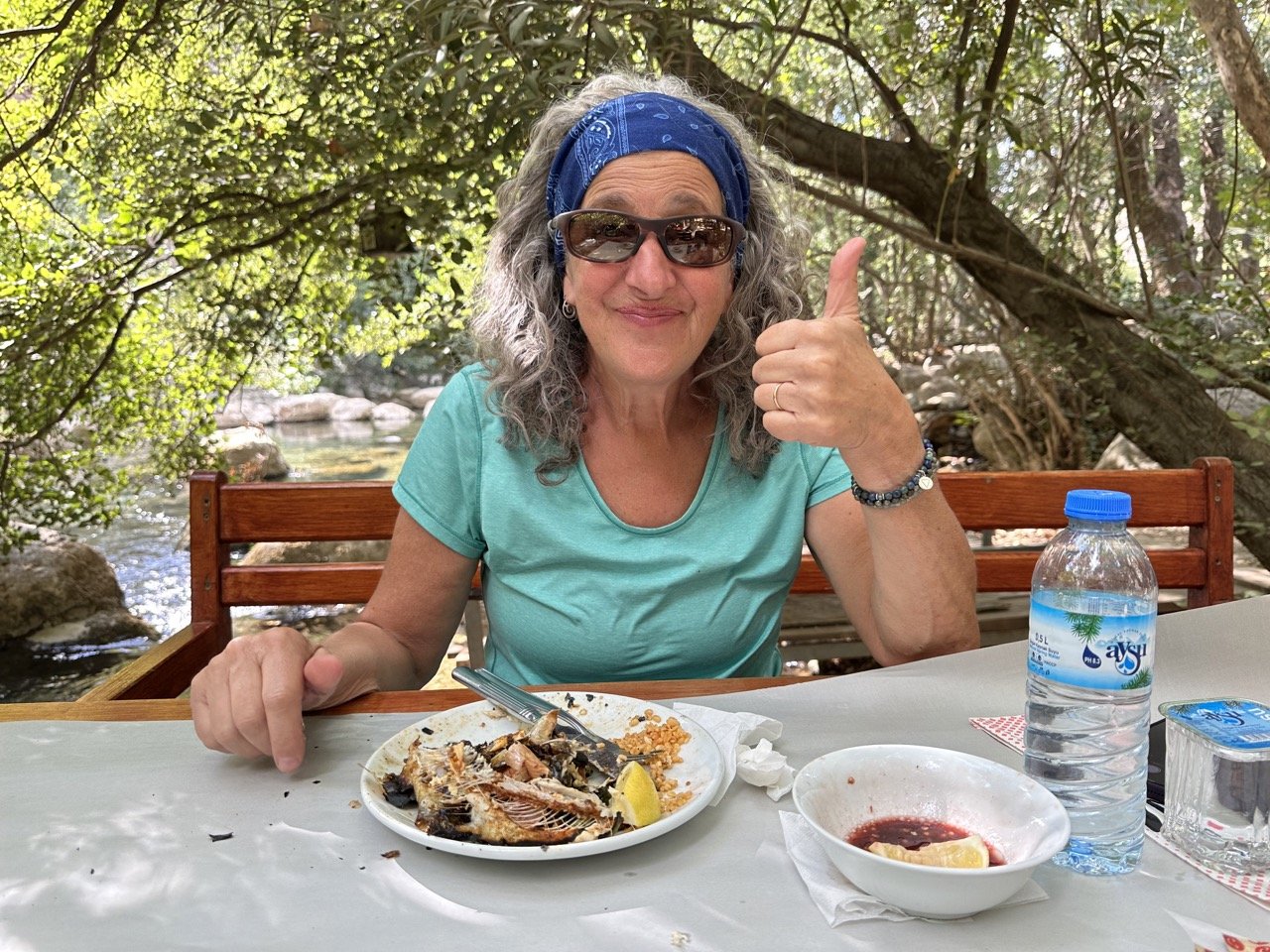
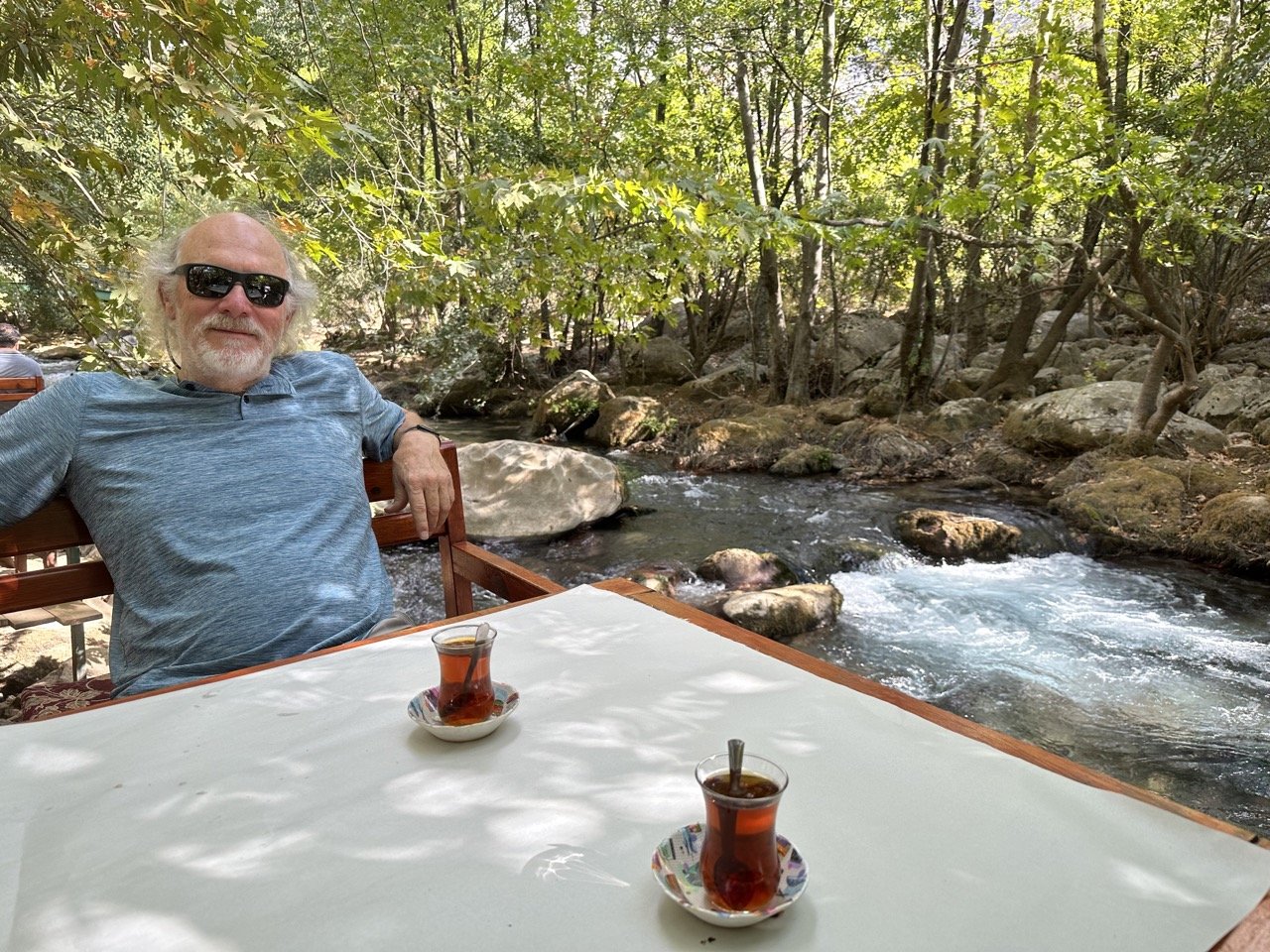
As we continued through the valley enroute to the sea the pervasive earthy, sweet smell of apples seduced us and we stopped at a roadside fruit stand to buy a few for the drive. The man there began chatting away in Turkish while I shrugged and shook my head in total incomprehension. He then gestured me into the orchard where, I guess, I was introduced to his pickers who were having lunch. One woman handed me a glass of hot tea which I was expected to take with me into the orchard to pick my apples. Tom trotted along behind snapping photos and pondering if the man could tell that I’d once been a professional apple picker!?!
Marble quarries dotted the mountainsides as we wound our way down to the sea. After a week in the mountains and arid landscape I look forward to immersing myself in the Mediterranean.
